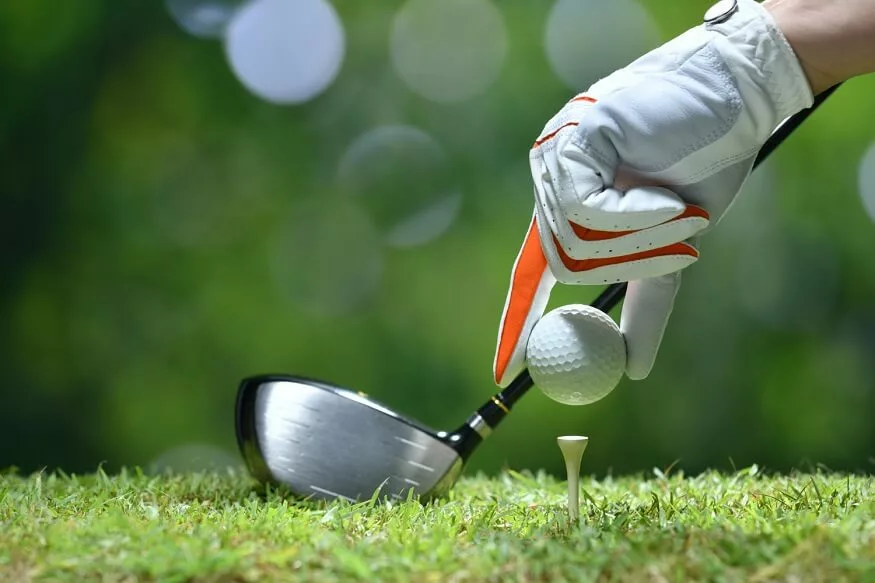Miniature golf, also called putt-putt or mini-golf, is a fun game enjoyed by people of all ages around the world. It is like a tiny version of regular golf with unique challenges and creative elements. In this blog, we will break down the important details about mini golf to help you understand this popular game better.
Brief History of Mini Golf
Mini golf dates back to the late 19th century when it was introduced as “Garden Golf” in Scotland. It was made to allow women to enjoy golfing.
The first known mini golf course, the “Himalayas” was built in 1867 at the Ladies’ Putting Club of St. Andrews in Scotland.
The concept quickly spread to the United States during the early 20th century, with the first known American mini golf course appearing in 1916. James Barber of North Carolina created the “Thistle Dhu” course which featured artificial greens, obstacles and creative hole designs. The courses slowly evolved to include castles, windmills, and other imaginative obstacles.
Post World War II, mini-golf experienced a rise in popularity. In recent years, mini golf has continued to evolve with new course designs, creative obstacles and innovative approaches. It has even become a competitive sport with organised tournaments and professional players.
Also Read: Badminton Vs. Tennis: Similarities and Differences
Mini Golf basics
Learning the basics of indoor miniature golf involves learning how to hit the ball, how to maneuver the obstacles, and at what angle to hold the club. Once these basics are clear, it is all about having fun and polishing your skills.
A typical mini golf course consists of 9 or 18 holes, similar to its traditional counterpart. However, the terrain is much easier to navigate, with holes often less than 10 yards from the tee-off point. Unlike traditional golf, courses are designed in compact indoor or outdoor spaces, with varying themes from jungle adventures to sci-fi landscapes.
Here are some common elements of an indoor miniature golf course design:
- Obstacles: Obstacles can include ramps, bridges, tunnels, bumps, loops and thematic structures like castles, ships, or dinosaurs designed to test precision and skill.
- Putting surfaces: The putting surface is where you aim to sink the ball into the hole. It is usually made of artificial turf to mimic the feel of a real golf course.
- Water features: Some courses include water features like ponds, and streams which further add to the challenge.
- Themed décor: Many mini golf courses are based on themes. It could be a tropical paradise, a haunted house, a space adventure or a dinosaur park. These themes create an immersive play environment.
- Elevated Holes: A few indoor miniature golf courses have elevated holes or platforms, creating height variations and additional challenges for players.
Also Read: How to Play Badminton: Rules and Scoring
How to play miniature golf
Mini golf is perfect for casual get-togethers, family outings, and recreational competitive tournaments. Each player uses a putter to strike the golf ball, attempting to get it into the hole in as few strokes as possible.
Though fun, a strategic approach can be beneficial. Careful calculation of angles, understanding the influence of course materials on the ball’s speed, and ball control skills can prove pivotal in winning a game. Here are some basic tips:
- Obstacles: Mini-golf courses are designed with creative obstacles and it takes multiple shots to get to the hole.
- Equipment: The top of the handle of the mini-golf putter should be about waist-high when the putter is touching the ground.
- Course: Chart the course before you take a shot. Make yourself aware of any obstacles on the course and have a strategy for how to get around these obstacles.
- Control Speed: Surface affects speed. Hence pay close attention to the kind of surface you are playing on. If there is a turf or grass-like surface, the ball may need more strength behind it compared to a smooth or concrete surface.
Also Read: How To Organise an Inter-School Sports Competition?
Mini golf scoring and rules
- Number of swings: In a typical mini-golf game, the maximum amount of strokes a player can take per hole is usually capped at six. Beyond this number, a penalty stroke is added, whether the player successfully made the hole or not.
- Order of play: Players must maintain the same order as they started the game. If there is a tie, the order from the previous hole stays the same.
- Penalty: A penalty stroke is taken when a player shoots out of turn, causes an obstruction, hits the ball out of bounds, or surpasses the maximum limit of six strokes per hole. The penalty strokes are added to the player’s final score, impacting the overall game outcome
- Obstruction: If a player’s ball is obstructed by another ball, the obstructing ball can be moved. However, if a ball is impeding the intended shot to the hole, it must remain stationary until the shot is completed. Additionally, if the ball is obstructed by an object or a golf course fixture, the player can move the ball’s position 6 inches from the obstruction without penalty but not closer to the hole.
Also Read: Tips to Solve a Rubik’s Cube for Kids
Benefits of mini golf for kids
Mini golf is often used as a fun-filled family entertainment activity. It is a fantastic choice of activity to engage kids. Below are some advantages it offers the young ones.
- Develop social skills: Mini golf encourages kids to learn to play by the rules. They learn to take turns and develop good sportsmanship. It is an opportunity for them to learn about healthy competition. They learn to cheer for, appreciate and encourage each other during the game as well as win and lose gracefully.
- Develop soft skills: Mini golf helps kids learn analytical thinking, problem-solving and decision-making skills.
Be it following the number order, counting strokes, charting the course, creating their game plan or keeping track of their score, mini golf requires kids to put a lot of thought into playing the game. This develops their soft skills and interpersonal skills.
- Promotes physical activity: Adventure-style mini golf is an excellent way to get in that extra physical activity in your kid’s life. An outdoor course like the Smugglers Cove Adventure Golf Course involves a lot of walking. This also helps kids get in a good amount of fresh air, burn off excess energy and shed the extra calories.
- Develop gross motor skills: Mini golf helps strengthen hand-eye coordination, keep balance and develop physical depth perception.
Mini golf is more than just a compact version of traditional golf. It is a recreational sport that blends fun, skill, and creativity suitable for all ages and skills. On a social level, mini golf offers opportunities for community bonding. The fun, laid-back environment promotes positive competition, teamwork, and social interaction.
At EuroSchool we offer a well-rounded educational experience that includes extracurricular activities and sports.










